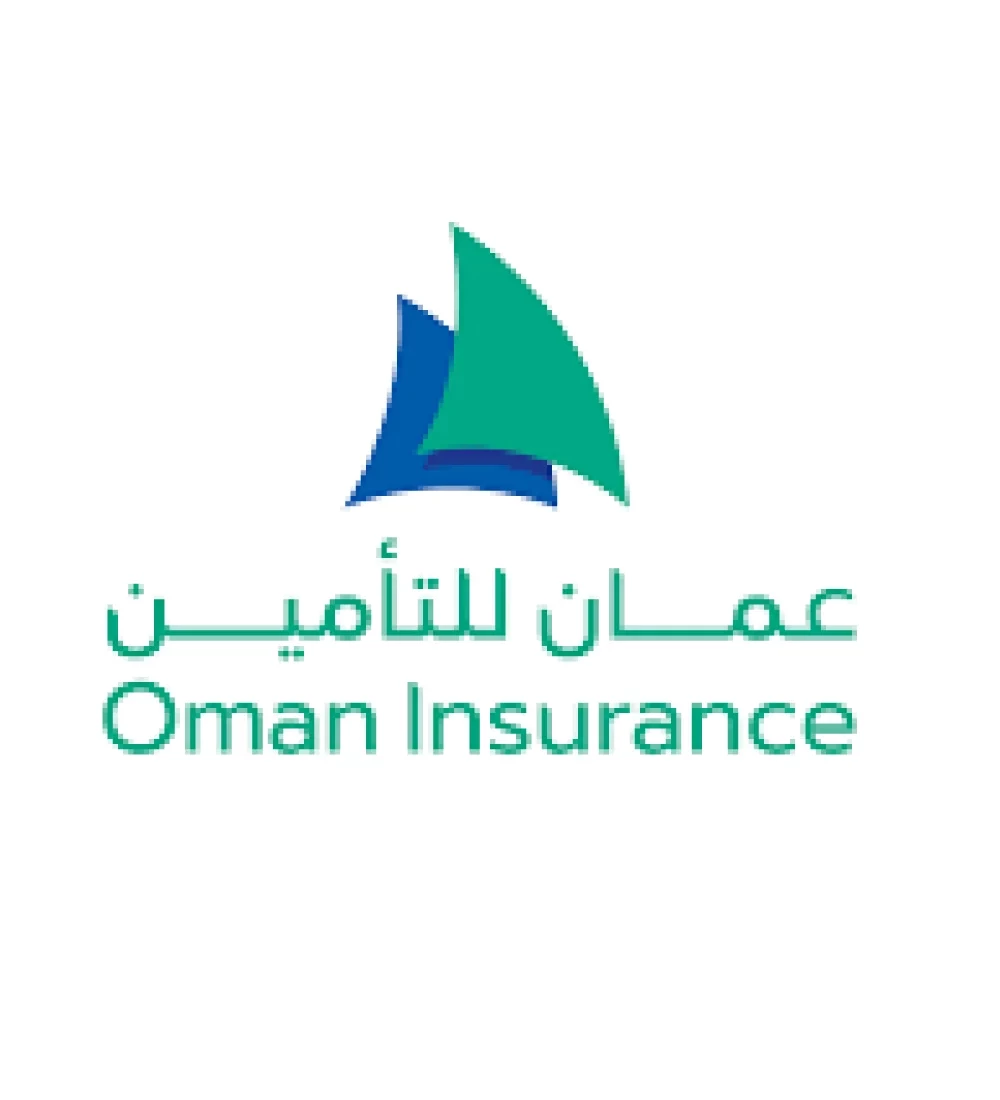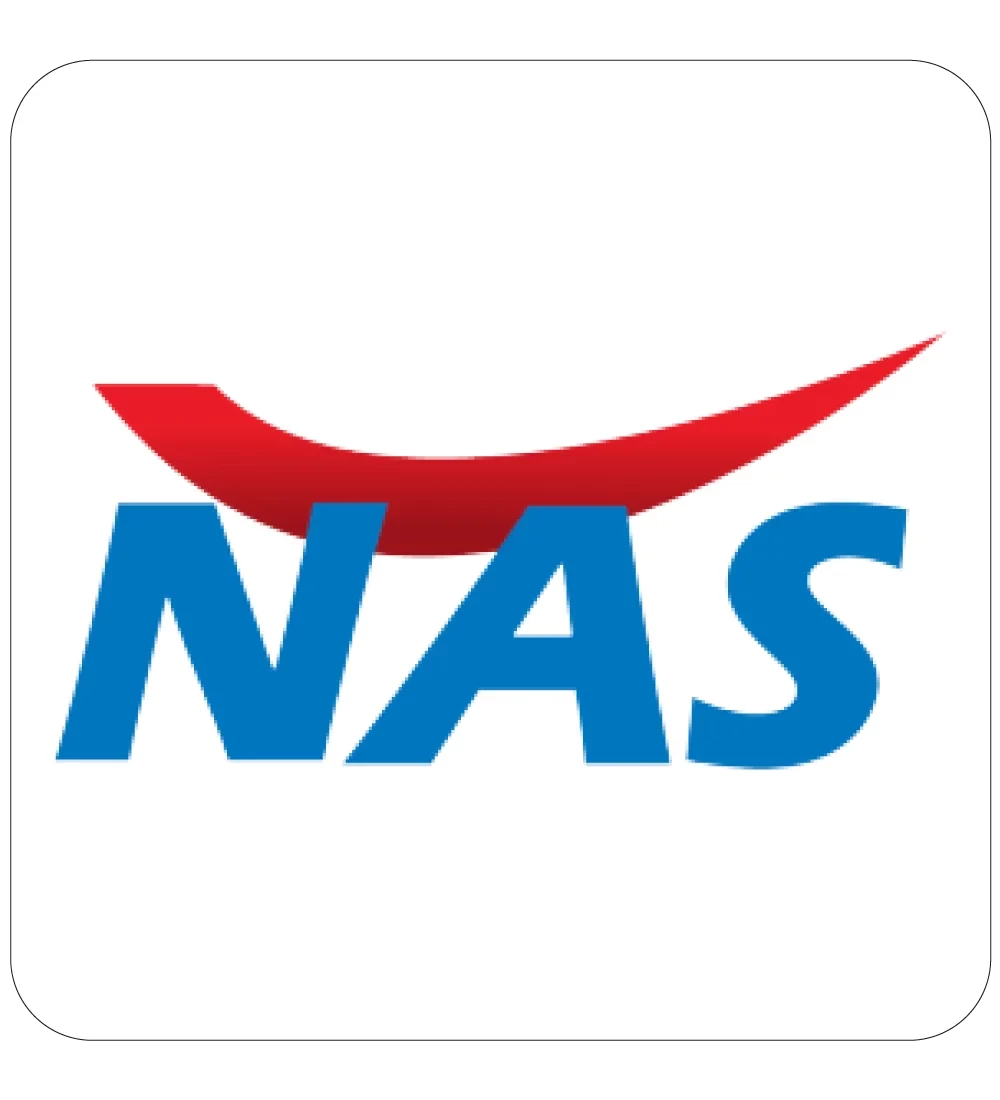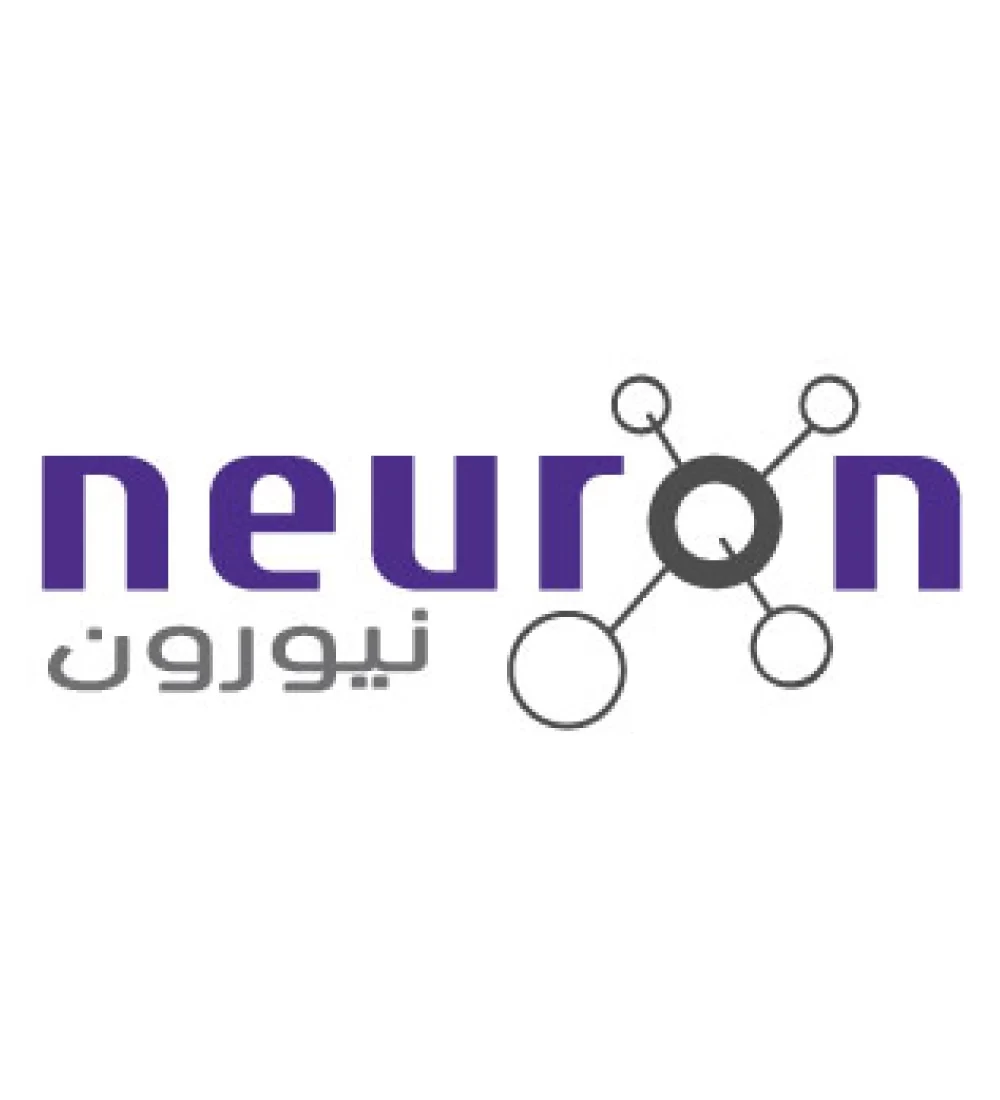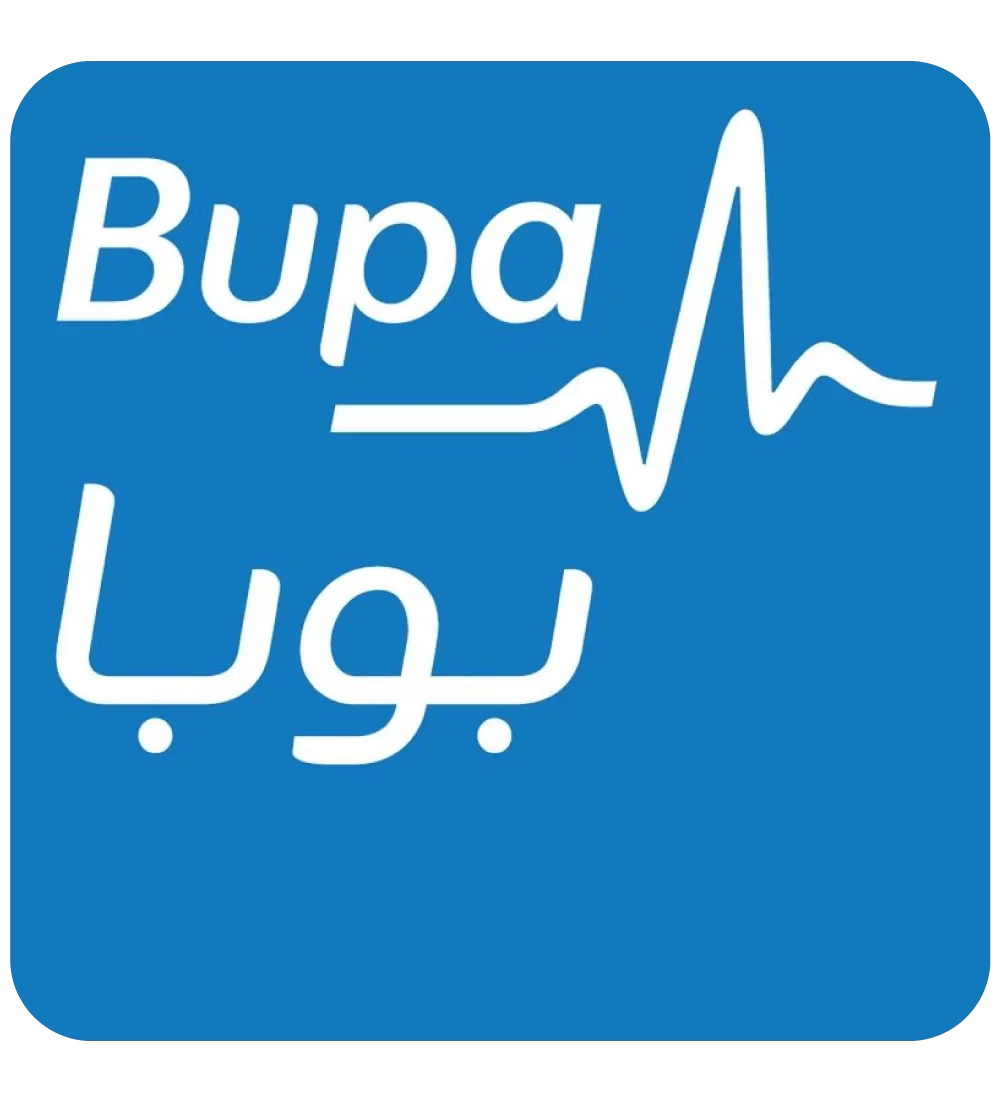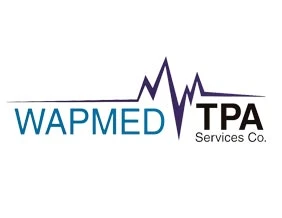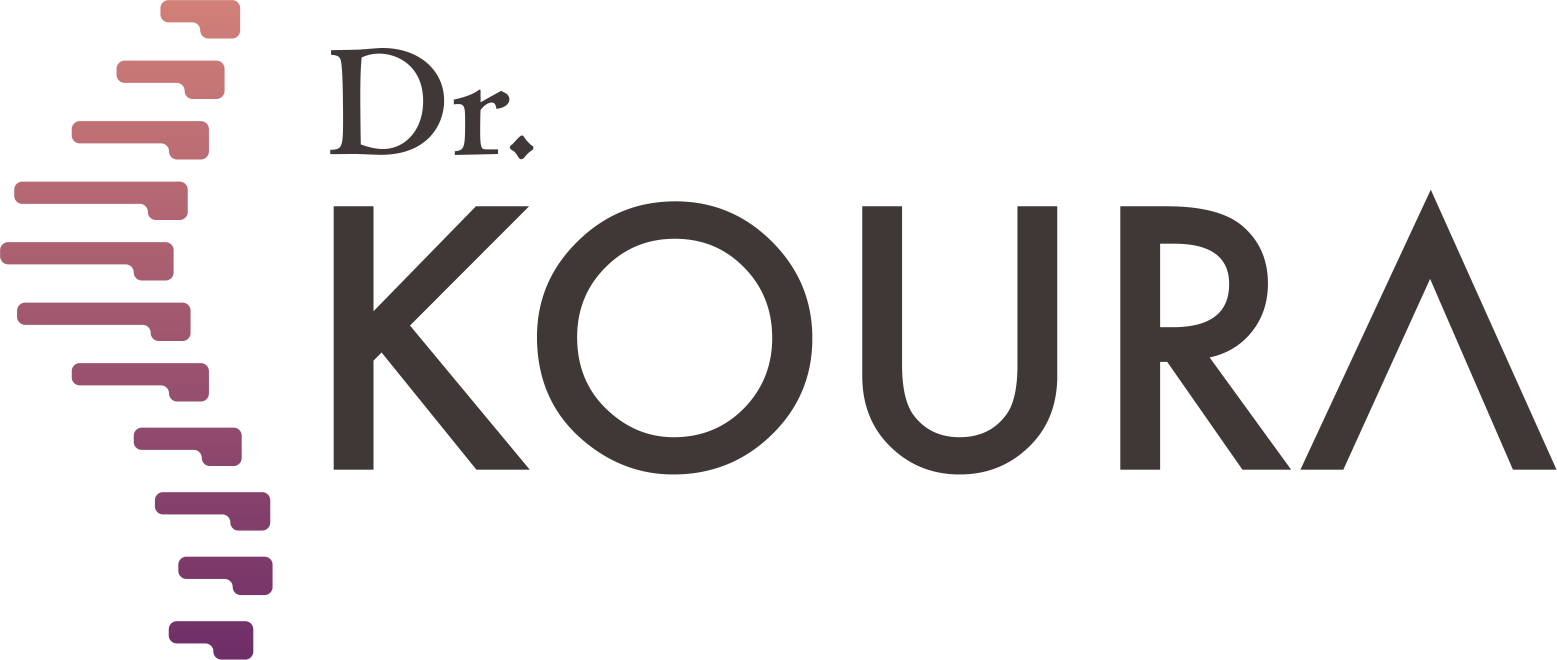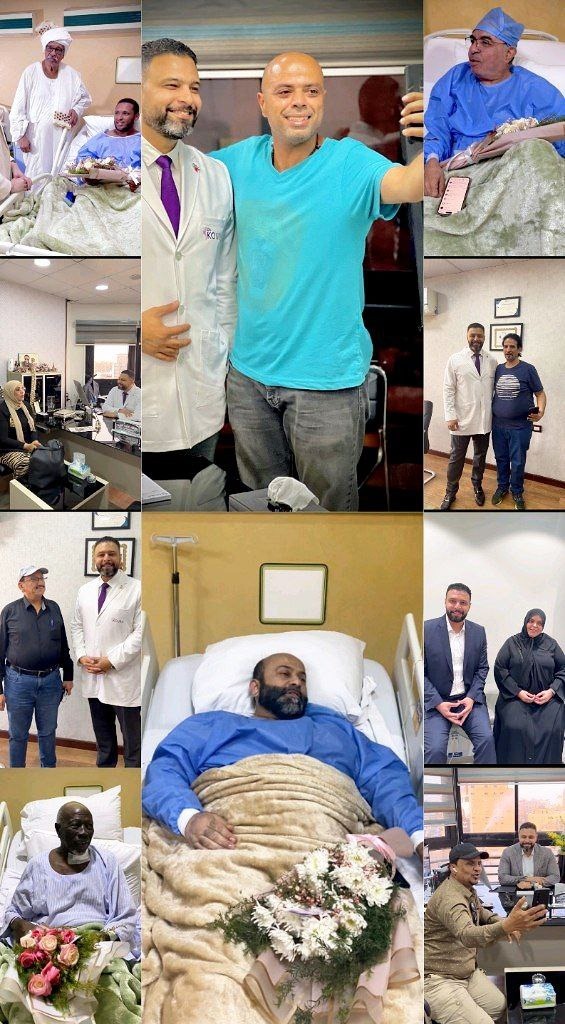
To see patients' reviews
Click hereMinimally invasive endoscopic herniated disc treatment (DISC-FX).
-webp.webp)
Symptoms
There are various reasons behind the prevalence of back problems and spinal pains, such as prolonged improper sitting, lifting heavy objects incorrectly, among others. However, treatment methods for these pains vary according to the degree and severity of the problem, including physical therapy, medication, non-surgical interventions, and even surgery.
Despite the diversity of treatment methods, non-surgical intervention is often preferable. Among the best of these non-surgical interventions is the Minimally invasive endoscopic known as Disc Fx. Dr. Mohammed Koura is credited with introducing this technique and is considered a leading expert in this field. He stays updated on the latest therapeutic technologies through his participation in various international conferences alongside top doctors and experts from around the world.
In the following paragraphs, we will shed light on the Minimally invasive endoscopic (DISC-FX) technique, outlining its steps, suitable patients, as well as its advantages and potential complications.
What is Minimally Invasive Endoscope (Disc-FX)?
DISC-FX is a minimally invasive medical procedure used to access the damaged disc in the spine without injuring surrounding tissues, nerves, or disc anatomy. This technique aims to effectively treat disc herniation, thereby alleviating back pain.
Dr. Mohammed Koura’s center was the first to introduce the DISC-FX technique for treating spinal pain. This system is characterized by its speed and safety, demonstrating effectiveness in disc removal in cases of herniated nucleus pulposus.
Who needs Minimally Invasive Endoscope (Disc-FX)?
The doctor may recommend Minimally invasive endoscopy technique for some patients in the following cases:
- Patients suffering from painful herniated discs.
- Those with small disc protrusions and annular tears.
- Patients experiencing lumbar disc herniation accompanied by lower back pain or pain radiating down the leg.
- Cases of disc herniation resulting from mechanical pressure on the nerve.
- Individuals suffering from sciatica.
- If back pain is caused by internal disc disruption (DISCOGENIC PAIN).
What are the steps of Minimally Invasive Endoscope (Disc-FX)?
The steps of this technique include:
- Administering local anesthesia to the patient rather than general anesthesia inside the operating room to ensure comprehensive sterilization.
- After local anesthesia, the doctor inserts a small needle into the disc under fluoroscopic guidance to ensure reaching the protruding part of the disc intended for removal.
- Subsequently, a precise tool is used under fluoroscopic guidance to remove the protruding part of the disc causing pain.
- The doctor then seals the disc to prevent its recurrence and the occurrence of other problems in the future.
What is the recovery time after Minimally Invasive Endoscope (DISC-FX) for Disc Herniation?
After undergoing minimally invasive endoscopy technique (DISC-FX) for disc herniation, patients can typically leave within 30 minutes post-procedure and resume their daily activities without experiencing significant pain within 48 hours.
What are the advantages of Minimally Invasive Endoscope (DISC-FX) for Disc Herniation?
There are several advantages to minimally invasive endoscopic technique, making it superior to traditional surgery, including:
- Fast, safe, and easy.
- Provides definitive treatment rather than temporary relief.
- Requires only a small incision in the skin, with no need for stitches.
- No post-procedure pains.
- Short procedure duration.
- Utilizes local anesthesia.
- Early return to regular activities within 3 days.
- No complications such as bleeding, blood transfusion, inflammation, or infection.
- Suitable for all ages, including elderly patients and those with obesity.
What are the complications of Minimally Invasive Endoscope (Disc-FX)?
Complications of minimally invasive endoscopic technique (DISC-FX) are extremely rare, as this technique is considered entirely safe. It involves only a small skin incision, minimizing the risk of bleeding or infections post-procedure. Furthermore, there is virtually no chance of infection.
In conclusion, after learning about the treatment of disc herniation using minimally invasive endoscopic technique (DISC-FX). I advise you to consider adopting a healthy lifestyle to aid in your recovery. It is essential to adhere to all your doctor's instructions to maintain your health.
Among these instructions are losing excess weight, avoiding heavy lifting, and maintaining proper posture.
For inquiries about minimally invasive techniques for treating disc herniation and to learn more about them, please contact us on WhatsApp.
For more informations about cervical disc prolapses visit the link
For more informations about disc prolapses visit the link
https://drkoura.com/en/blogs/lower-back-pain/12-interventions-for-the-treatment-of-disc-prolapse
Why Choose Dr. Mohamed Koura ?
Simply because he is the best doctor. He stays updated on the latest treatment technologies through his participation in various international conferences with leading foreign doctors and experts. Finally, and most importantly, Dr. Mohamed Koura is the best doctor in Egypt and the Arab world, possessing 12 non-surgical techniques for treating spinal and joint problems. He was the first to introduce modern interventional treatment techniques in Egypt and the Middle East and is the only one using the disc fx technique to treat spinal pain.
Watch Dr. Koura through videos
By following Dr. Koura on social media, you can watch videos to learn more about pain management techniques



Certainly not, some cases must be treated surgically, and the most appropriate technique for the patient is determined through a medical examination and the presence of imaging studies.
No, it is necessary to make a reservation through a phone call or social media messages.
There are no risks or side effects associated with non-surgical pain interventions.
The patient needs only 3 to 4 days before they can travel comfortably, and the hospital stay does not exceed 6 to 8 hours.
A condition cannot be accurately assessed and a proper medical diagnosis made without a medical examination and recent imaging studies.
Yes, there are several payment methods available through Visa or electronic wallets by making a reservation on our website.
Certainly, obesity is one of the causes of knee osteoarthritis.
Radiofrequency activates the nerve and does not cause any damage to it.
Non-surgical interventions are a definitive treatment for some cases and pain relievers for other cases, which is determined by the doctor through a medical examination.
If the herniated disc is fully treated, there is a possibility of it reoccurring in some cases, such as not following the doctor's prescribed instructions after the intervention, experiencing an accident, or making a sudden wrong movement like lifting heavy objects.
The entire disc is not removed due to the presence of several risks and it may exacerbate the condition. Only the protruding part that causes pain is removed.
This cannot be done with radiofrequency, but it is performed through other techniques that Dr. Koura conducts.
The success or failure of non-surgical interventions cannot be judged through radiographic imaging because these procedures involve making subtle changes to critical parts to address the issue. Consequently, they do not produce significant changes to avoid potential complications in the future or damage to the spine and joints, which is our primary goal.
Spinal stenosis does not typically cause sciatica. In most cases, disc herniation is what may lead to sciatica. This does not necessarily mean that a patient with sciatica will also have spinal stenosis.
Sciatica may return if the patient does not adhere to the medical instructions provided by the doctor or in the event of an unexpected accident.
Lower back pain can result from several causes, including a herniated disc, nerve compression, muscle strain, or chronic spinal injuries. Lifestyle factors such as prolonged sitting, muscle weakness, and excess weight can also exacerbate the problem.
A life without pain without surgery
Once you book with Dr. Koura
Get rid of pain with just one call.. Book your appointment now with pain Management consultant Dr. Koura.
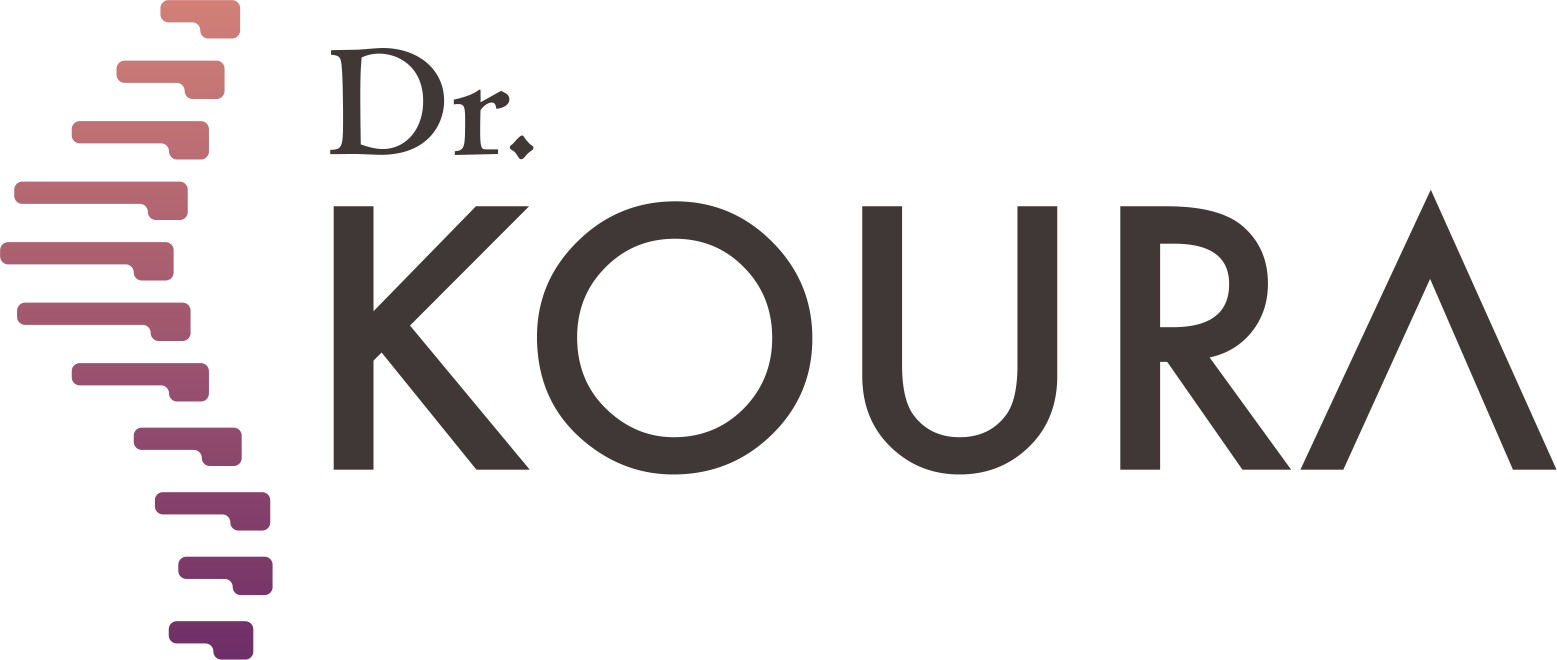




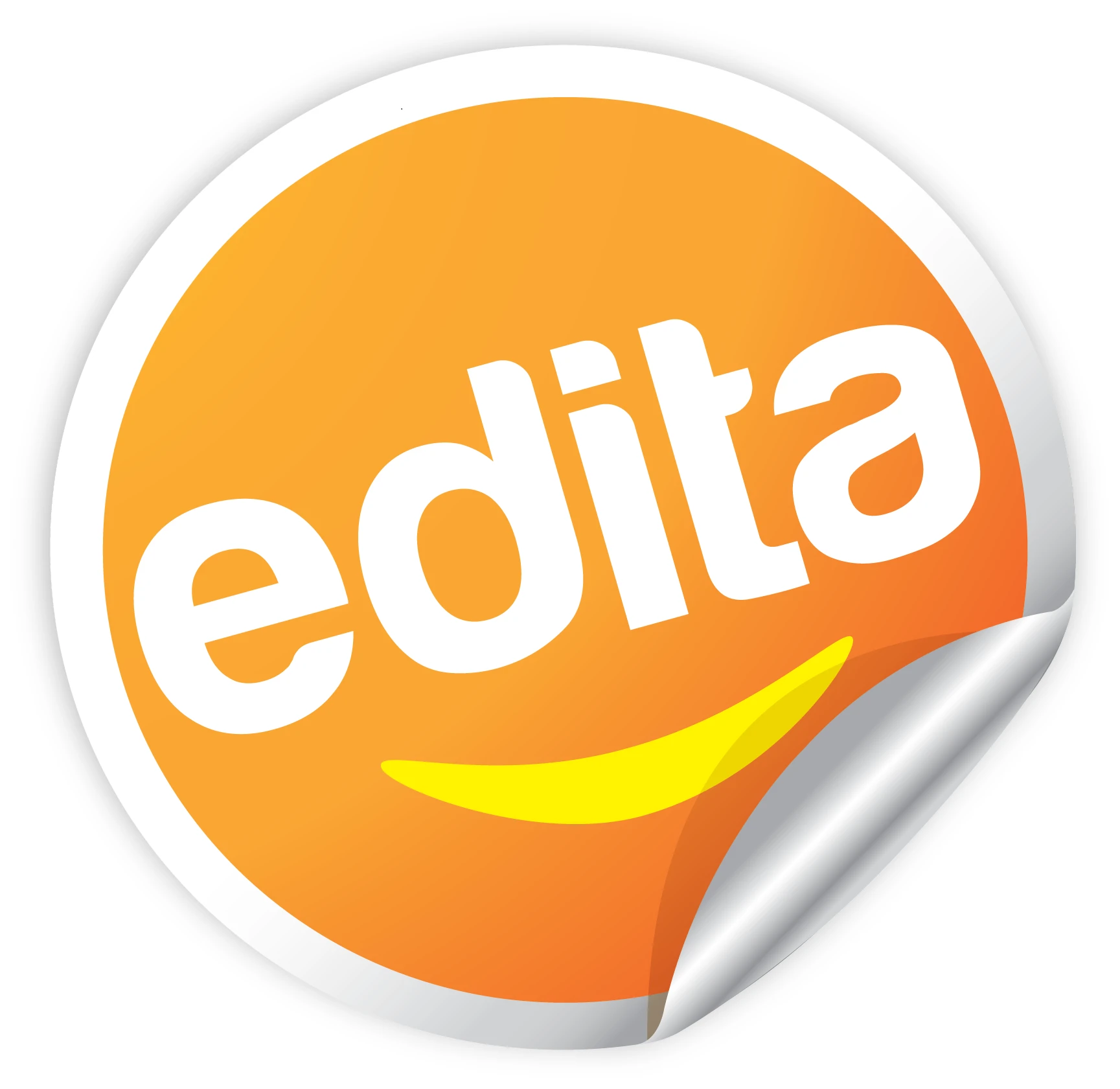
-webp.webp)

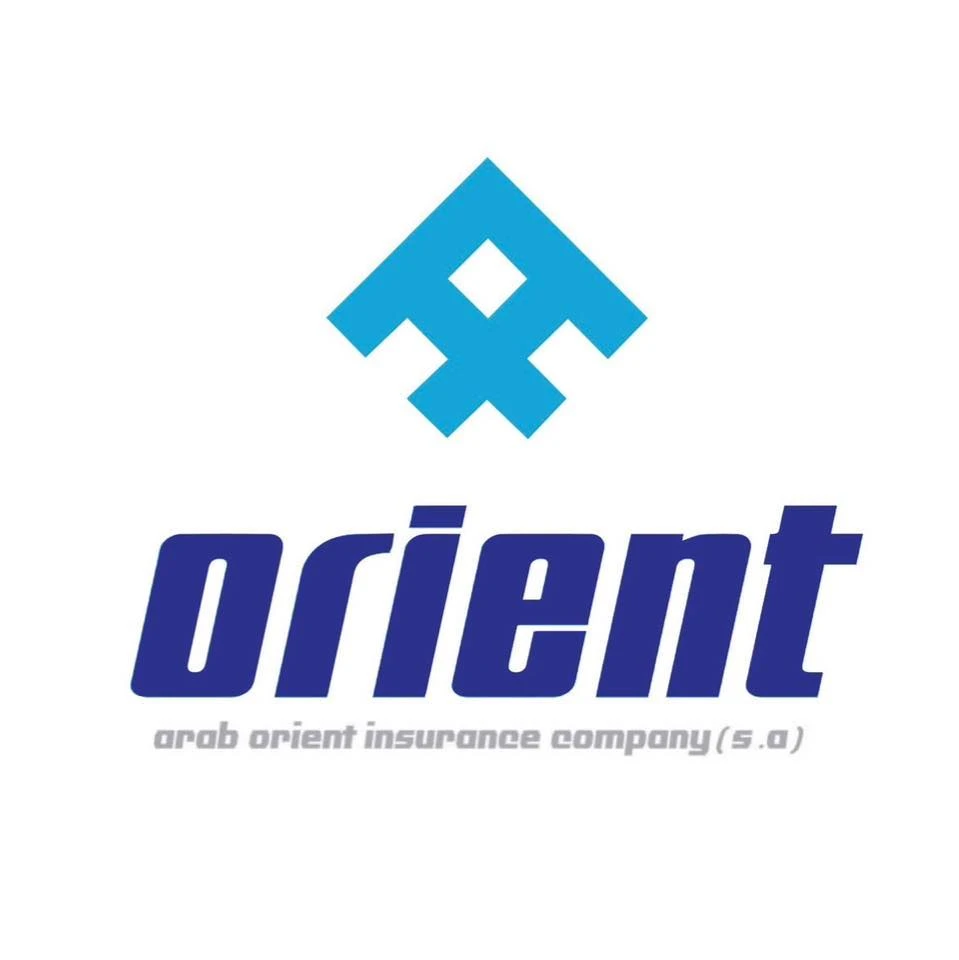


-webp.webp)


